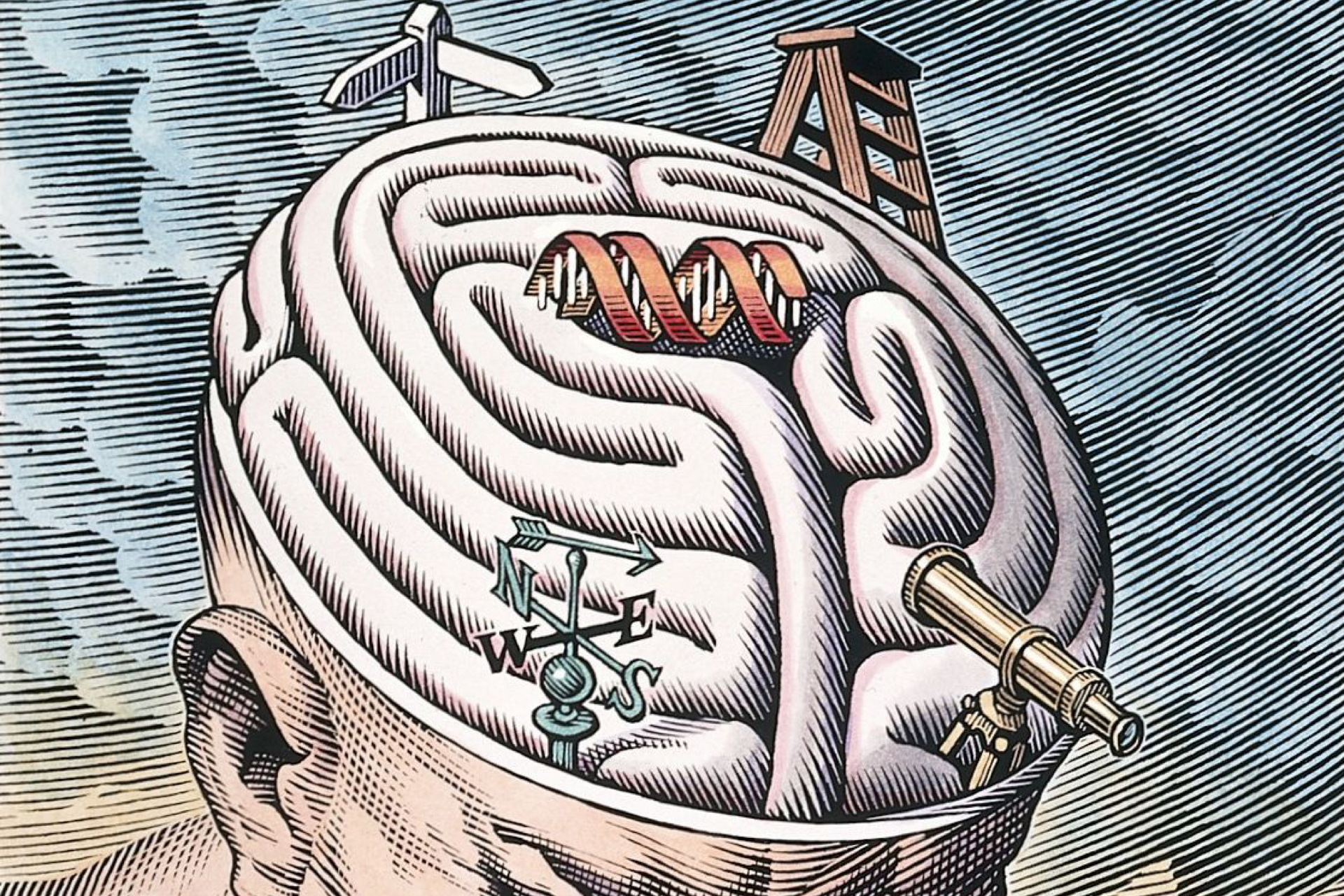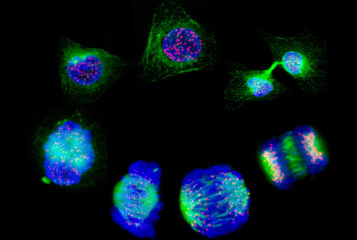Two years ago the International Society for Stem Cell Research issued guidelines that called for public consultations around the possible extension of the limit on culturing human embryos from 14 days. These guidelines recommended meaningful public engagement around the topic to inform any potential regulatory changes in local jurisdictions, before they happened (see BioNews 1097).
In the UK, research with early human embryos is regulated through the Human Fertilisation and Embryology (HFE) Act, which prohibits the culturing of embryos for research beyond 14-days after fertilisation (the so-called '14-day rule'). For the last 32 years, the 14-day rule has allowed research on early human embryos to proceed, despite some people being completely opposed to it, because of its potential to lead to improved treatments for infertility, childhood cancers, spina bifida, heart defects and other conditions as well as regenerative medicine.
However, this legislation was introduced in 1990 when culturing embryos for more than a few days was not technically possible. In 2016, a paper published in Nature described growing embryos in vitro until 13 days after fertilisation – the first time human embryos had been grown in a dish for so long. In reaction, some ethicists, researchers, and other stakeholders called for changes to the UK legislation, but there was no public dialogue and conversations about changing regulations did not progress at that time.
Then, in spring 2023, the Human Fertilisation and Embryology Authority, the regulator for this area of research in the UK, began carrying out a review and public consultation around the HFE Act (see BioNews 1181).
As research and technical capabilities in this field are advancing quickly, we considered that now is an opportune time to consider revisiting this important piece of the legislation
The Human Developmental Biology Initiative (HDBI) is a Wellcome-funded research consortium aiming to better understand how humans develop before birth. This research involves the use of early human embryos (donated, with consent, from fertility treatment) and biological models of early embryos (created from stem cells).
Together with UKRI Sciencewise, HDBI recently commissioned a public dialogue to provide clarity on where public hopes, concerns, and aspirations lie in relation to the '14-day rule'. This public dialogue is an initial step towards unbiased public engagement on the topic and aims to provide direction to future public consultations in this area.
The project aims to:
- Develop a holistic understanding of participants' views of the societal and ethical issues around HDBI research
- Identify participants' views of research questions and outcomes of human developmental biology research which reflect societal priorities
- Enable scientists and public participants to engage in a constructive dialogue to hear, reflect, consider, and respond to issues around the research
As a first step in undertaking meaningful public engagement on this issue, the HDBI-Sciencewise public dialogue involved diverse groups of citizens deliberating with scientists, ethicists, and policymakers over the course of multiple workshops, held between May and July 2023.
The dialogue engaged a group of people broadly reflective of the UK population, as well as those with relevant experience of the issues under discussion. Over the course of multiple workshops, both online and in-person, participants explored current perspectives as well as how near-future developments might be viewed. They discussed the societal implications of research with early human embryos and the ethical questions linked to this area of research. Areas of research that participants felt were especially important were highlighted and discussions were had around what the future of the research in the UK may look like. Throughout, participants reflected on how the 14-day rule factored into their thinking and where ethical red lines may be, as well as, considering their views in light of emerging alternative research models in this field of research.
'I really valued the robust discussions during the public dialogue. This enriched my understanding of the potential and risks of this sensitive area of research and the priorities of the public. It will be important to keep the incredibly helpful points raised at the forefront of future discussions,' said Professor Kathy Niakan, University of Cambridge, one of the scientists who attended the workshops.
It is hoped that the public dialogues will lead to an evidence base of public attitudes towards embryo and stem cell research that can be used to inform future public engagement, policy decisions and reviews around regulations governing research on human embryos, such as the 14-day rule. It is also hoped it could improve the quality of scientific research in this area by ensuring it is in greater alignment with the priorities of the public, researchers, and law- and policy-makers.
The team expect a report to share the findings from this foundational public dialogue to be published in autumn, 2023.
To be kept up-to-date with the public dialogue and be notified when the report is available, please sign up for alerts here.







Leave a Reply
You must be logged in to post a comment.